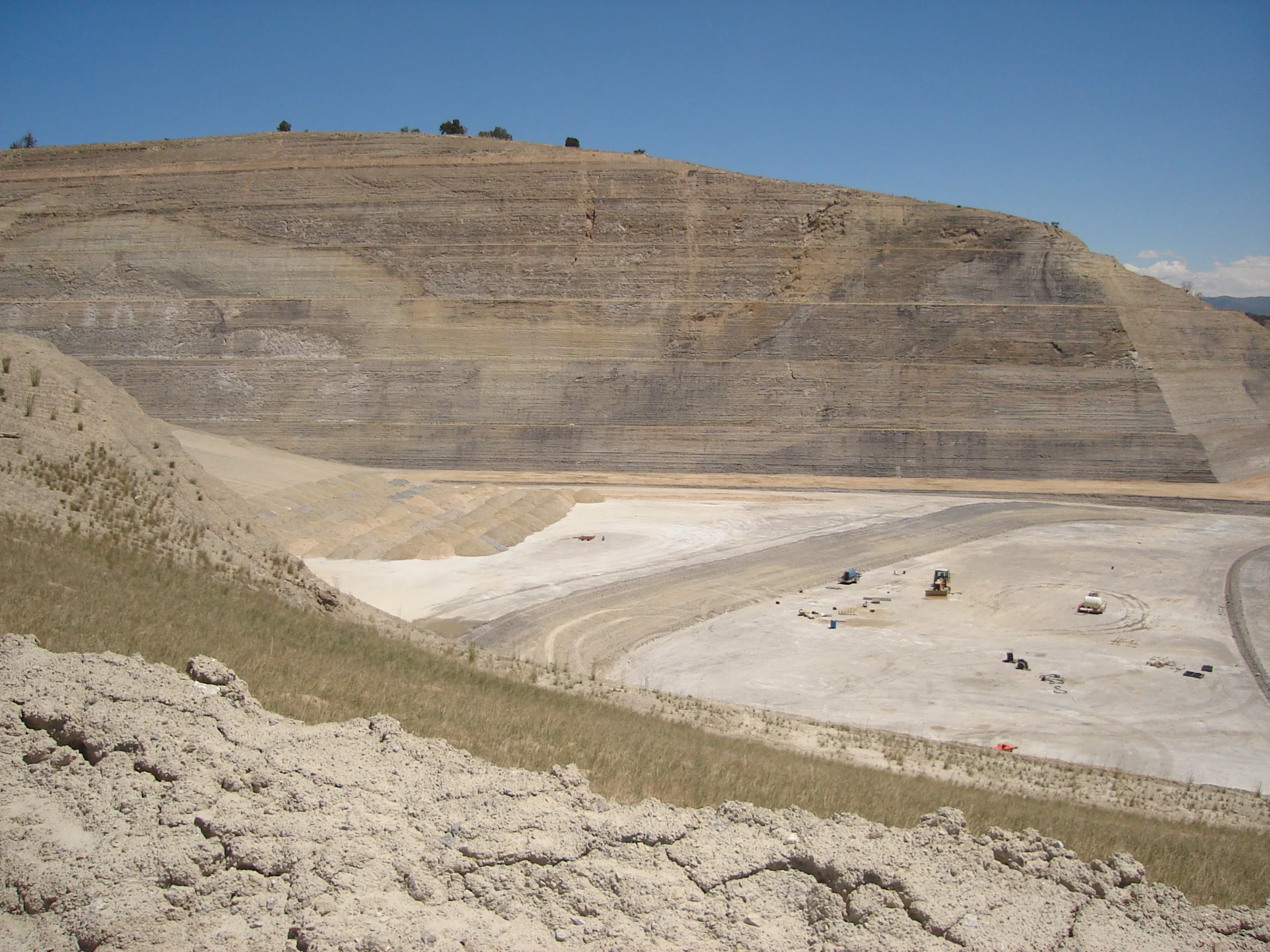In this “Smarter Building Materials Marketing” podcast, Zach and Beth talk to Sydney Mainster, Director of Sustainability at the Durst Organization, and Amanda Kaminsky, Founder of Building Product Ecosystems, about how they’re working collaboratively with both manufacturers and developers to sustainably innovate the building materials sector.
Material Health: Design Frontiers, NYC - November 14,15 2019
Saint-Gobain Enters Agreement to Acquire Continental Building Products
“Saint-Gobain and Continental Building Products (NYSE: CBPX) today announced that they have entered into a definitive agreement pursuant to which Saint-Gobain will acquire all of the outstanding shares of Continental Building Products for $37.00 per share, in cash, in a transaction valued at approximately $1.4 billion (approximately €1.3 billion).”
Extended Producer Responsibility Achievements: The Case of Paint in the US
“Each year in the U.S., more than 78 million gallons of paint, or approximately 10% of what consumers purchase, goes unused. At a cost of about $8 per liquid gallon, it would cost local governments and their taxpayers more than $600 million annually if all leftover paint was collected and properly managed.”
Tipping fees in the U.S. continue to rise
Build Reuse Conference, Pittsburgh - October 2019
Glass Recovery Hierarchy Recently Released by the NorthEast Recycling Council’s Glass Committee
Skanska Open-Sources Tool for Calculating Embodied Carbon in Construction Materials
Skanska, a construction and development company, announced “the creation of the Embodied Carbon in Construction Calculator (“EC3”) tool, a ground-breaking solution for calculating and evaluating the carbon emissions embodied within a wide array of building materials.”
See the full press release here.
Fifth Coal Plant in a Month Announces Closure in Illinois
The E.D. Edwards power plant, south of Peoria, will be closed, resolving a federal lawsuit filed six years ago, “which documented how various owners had failed to install modern pollution-control equipment.”
Read the full article here.
Palo Alto Ban to Divert C&D Debris from Landfill
The city of Palo Alto is banning contractors from demolishing entire buildings by July 2020. “Deconstruction and Source Separation of Construction Materials” is meant to increase “salvage/reuse to highest extent possible,” as well as “the amount and quality of recyclable materials for all construction and demolition projects.”
Read the full article here.
Several of the Largest Coal Plants in the US to Close in 2019
After older, smaller plants started closing, now big coal plants will stop operating by the end of 2019, this Scientific American article points out. These larger plants are also some of the biggest carbon dioxide emitters in the US.
Closures are a result of plants becoming more expensive to operate over time. The article lists the following plants that will close by the year’s end:
Navajo Generating Station, AZ
Bruce Mansfield plant, PA
Paradise Plant, KY
Read the full article here.
EIA Forecasts Diminishing Share of Energy Generation From Coal By 2020
The EIA forecasts that the share of U.S. generation from coal will average 25% in 2019 and 22% in 2020, down from 28% in 2018.
See the full forecast here.
Cement Produces More Pollution Than All the Trucks in the World
The article by Bloomberg highlights how cement is “responsible for 7% of global carbon dioxide emissions, more than what comes from all the trucks in the world.” According to the article, cement makers from around the world argue that there’s a lack of demand for sustainable materials.
Read the full article here.
GreenBiz Circularity '19 Event Announced
ASTM C11 Gypsum Spring Meetings
Study Shows Tool for Tracking GHG Emissions has Built-In Errors
A new study conducted by the International Institute for Sustainable Development (IISD) shows that Life Cycle Assessments “have limits that may misdirect efforts to reduce GHGs from the built environment – one of the largest sources of carbon emissions.”
Read the full article here.
Interactive Map Shows Changes in Global Coal Power Since 2000
The organization Carbon Brief has built an interactive website where you can explore the capacity changes in coal power since the year 2000.
See the interactive website here.
















